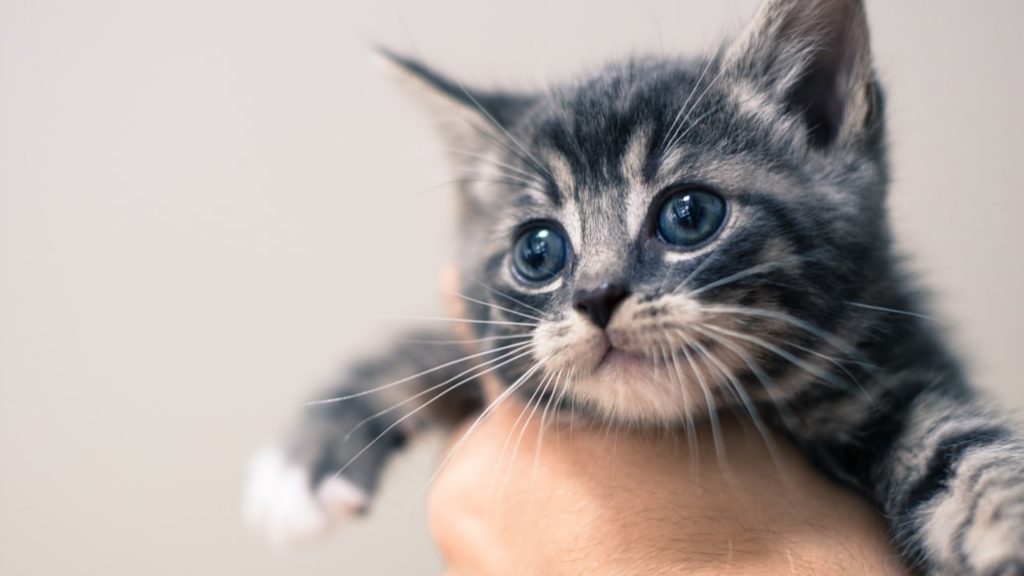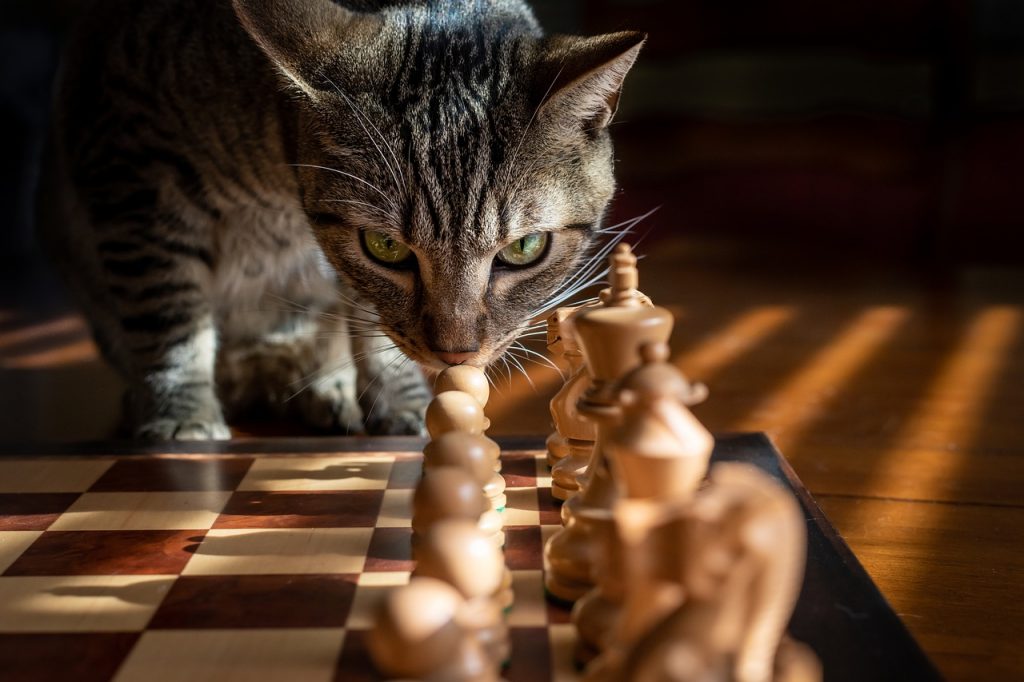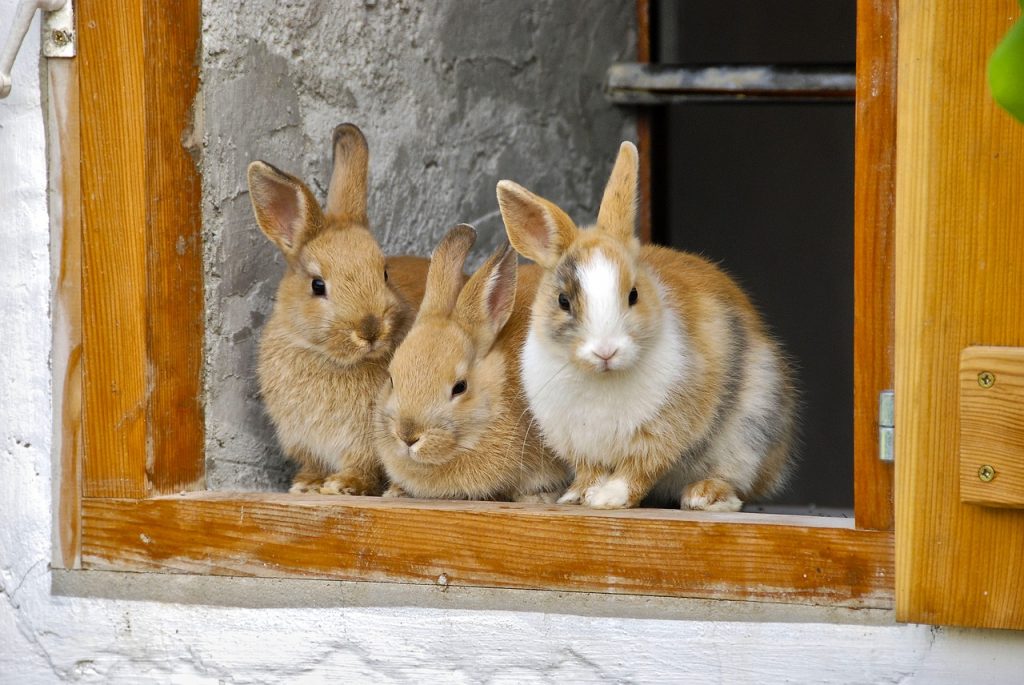
Hi everyone, happy December. I do a lot of speaking, and a question I get asked often is “If you could go back in time to earlier in your career, what would you tell your younger self?” This is when you know that you are getting old, when people ask you this question. It is a badge of hard-earned wisdom. So, here, in no particular order, are a few things I would tell myself, gathered from experience and failures in the field, and from working with much smarter people:
Continue reading →




